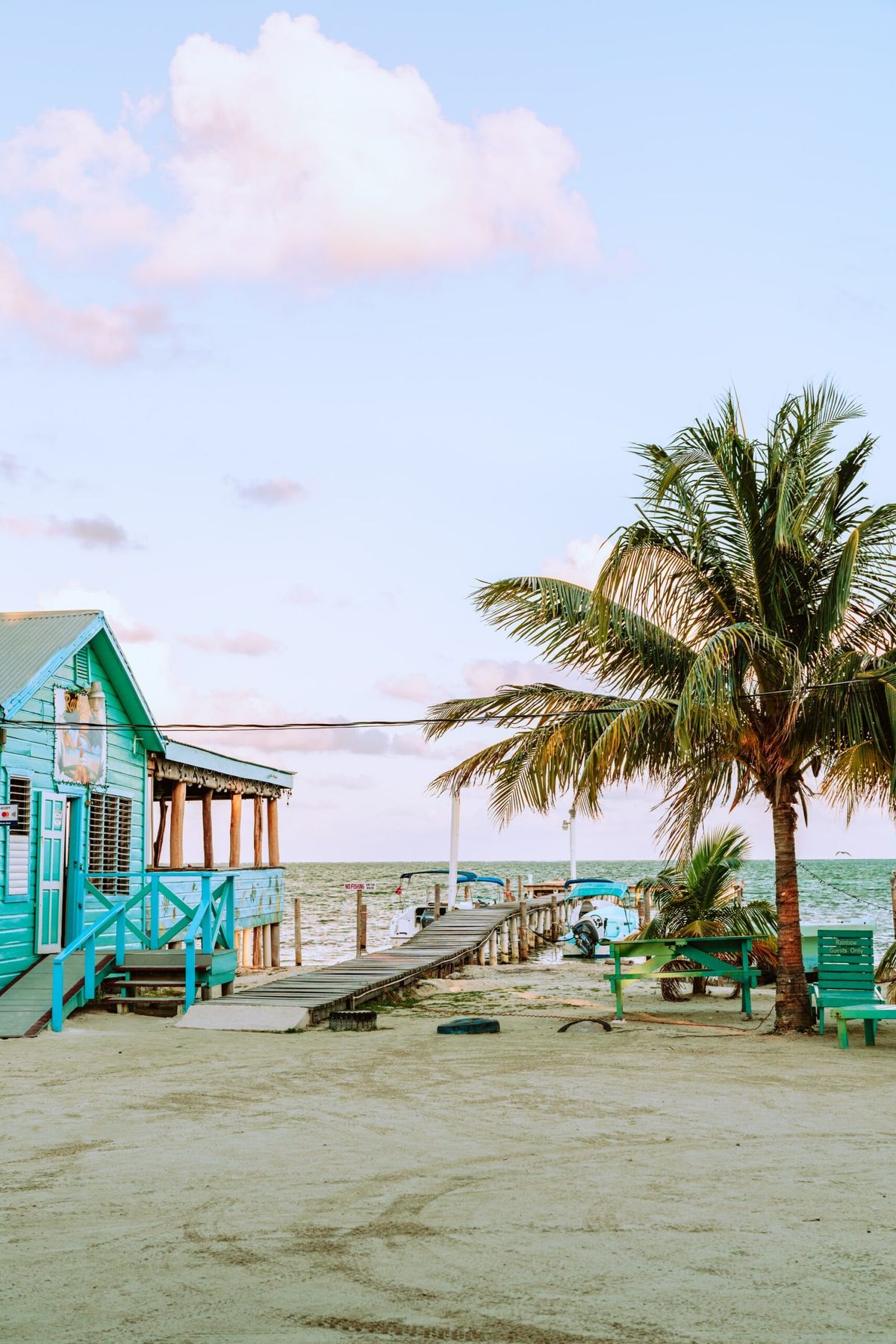More Americans Looking Overseas for Retirement Living

More Americans than ever are setting up a second home in another country, with State Department estimates placing the current number as high as nine million. The motive is often financial, as retirees hope to raise thir standard of living without a big increase in cost.
Panama, Costa Rica and the Philippines are often thought of as the top destinations for retirees but a recent study of Social Security payments may surprise you. It found that Canada was home to the most U.S. retirees drawing Social Security payments, with Japan, Mexico and Germany next in line.
Family ties are often the reason, according to a MarketWatch report. That helps explain the popularity of Canada and Mexico. Other popular destinations, like Japan and Germany, tend to have strong military alliances with the U.S. and many service members acquire family ties while serving there.
Financing an overseas retirement home
Whatever the reasons, there’s no question that millions of Americans are at least thinking about setting up shop somewhere else when they retire. While there are lots of considerations that go into the decision, one that’s often overlooked is the question of ownership.
It is often difficult for non-citizens to buy property or obtain a mortgage. Many countries flat out prohibit foreigners from owning property, although long-term leases are often available. Even when foreign ownership is allowed, there’s the little matter of financing.
You can’t just go down to your neighborhood mortgage broker and get a mortgage on a property in Panama.
Nor will overseas lenders generally write a mortgage for a non-citizen on favorable terms. You may be able to get one but chances are, it will be at a higher interest rate and will require a higher down payment than in the U.S. You may also have to buy a life insurance policy with the bank as the beneficiary.
So how can you spring for that $200,000 Costa Rica seaside condo that would be worth ten times as much in the U.S.?
One obvious solution is to pay cash, and many well-heeled retirees do just that. Panama, Costa Rica and and the Philippines allow foreigners to buy property and housing prices are generally much lower than in the U.S.
Consider a HELOC for overseas real estate
Of course, not everyone can write a check for $150,000. One solution, according to a recent Bankrate article, is to use a HELOC – a home equity line of credit.
HELOCs are quick and easy for consumers with good credit and a stable source of income, whether it’s a salary, business income, pension or personal savings supplemented by Social Security. Interest rates are reasonable and most lenders will finance 75% to 80% of the equity you have in your home. You usually have from 10 to 25 years to pay off the loan.
So if your U.S. home is worth $300,000 and you have long since paid off the mortgage, you should be able to qualify for a HELOC of $225,000. With the money in hand, you can then pay cash for your retirement home in the land of your dreams.
You could also take out a conventional loan but the term would likely be for just a few years and the interest rate would almost certainly be much higher. You might have to pledge some of your savings or other assets as collateral.
Some retirees sell off some of their stocks and bonds to finance property purchases but most financial advisors caution against this. Once you liquidate savings and spend them, they’re gone and won’t be available in an emergency. Housing usually appreciates but often is not very liquid.
Bankrate outlines other options in its article, including developer financing and a self-directed IRA.
Don’t rush into buying overseas
A few words of caution are in order. First, you want to be sure you’re doing the right thing. What looks like Shangri-La for a week or two may get old in a hurry. It may be hard to make friends, you may not like the local food and the language barrier may be higher than expected.
It’s generally a good idea to rent a house or condo for at least a few months, so you can get a realistic idea of what it would be like to live there for months at a time. It’s also a good idea to get to know the lay of the political landscape. In some countries, America retirees may be welcome one day, expelled the next.
It’s especially important to be cautious if you go the HELOC route. Remember, you are staking your U.S. property as collateral on the loan. If things go wrong in Lalaland, you’re on the hook for that $225,000. If you default, the bank takes your house — the one here in the U.S.
On the other hand, the big advantage of the HELOC is that it lets you hang onto your home while also investing in a new one. That makes it easier to make regular trips home to visit grandchildren, see old friends and generally keep one foot in each camp.
If you later decide to go full expatriate, you can always sell your U.S. home, pay off the HELOC and, hopefully, have a few dollars left over to buy another round of mai-tais on the beach.
